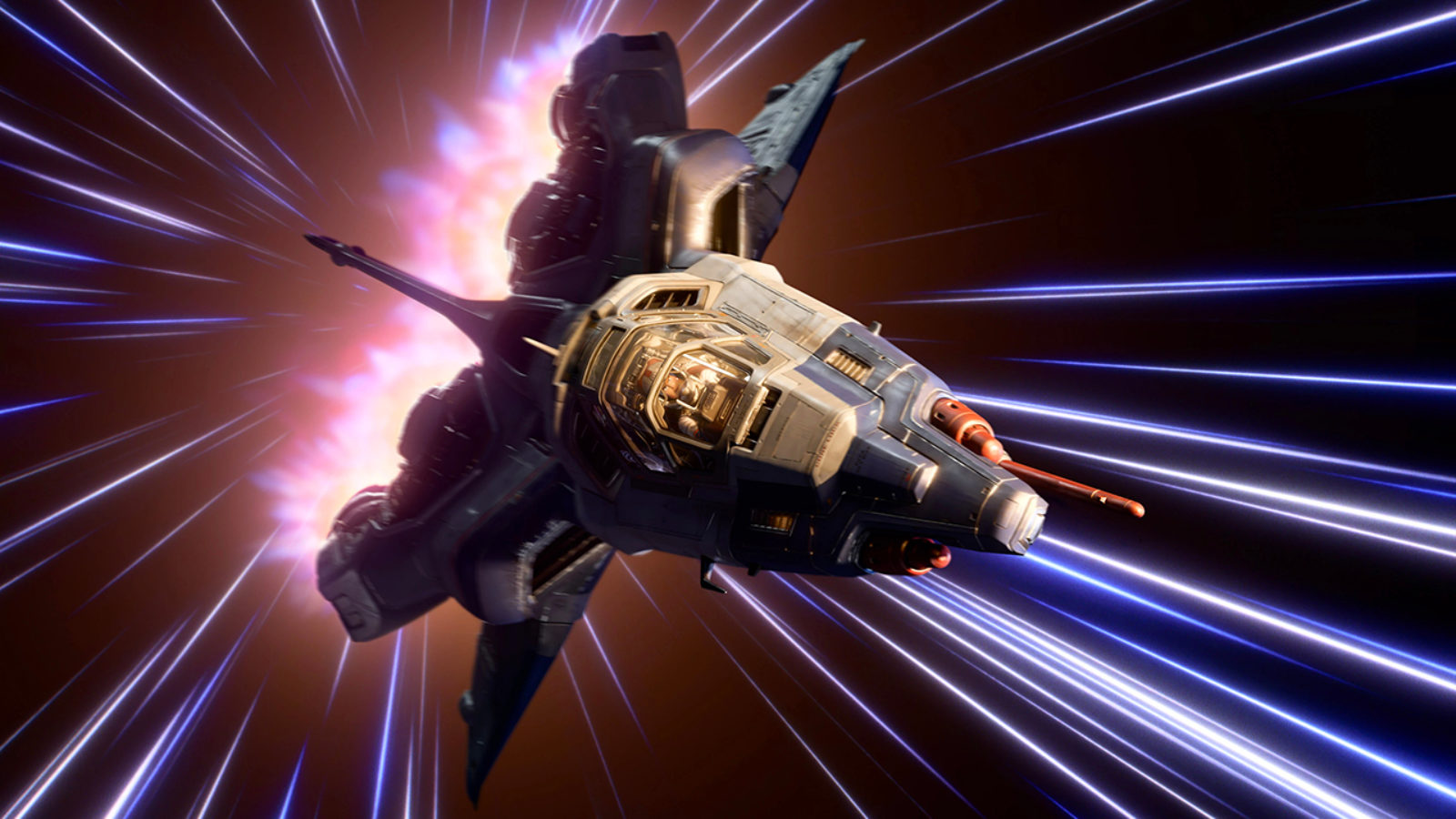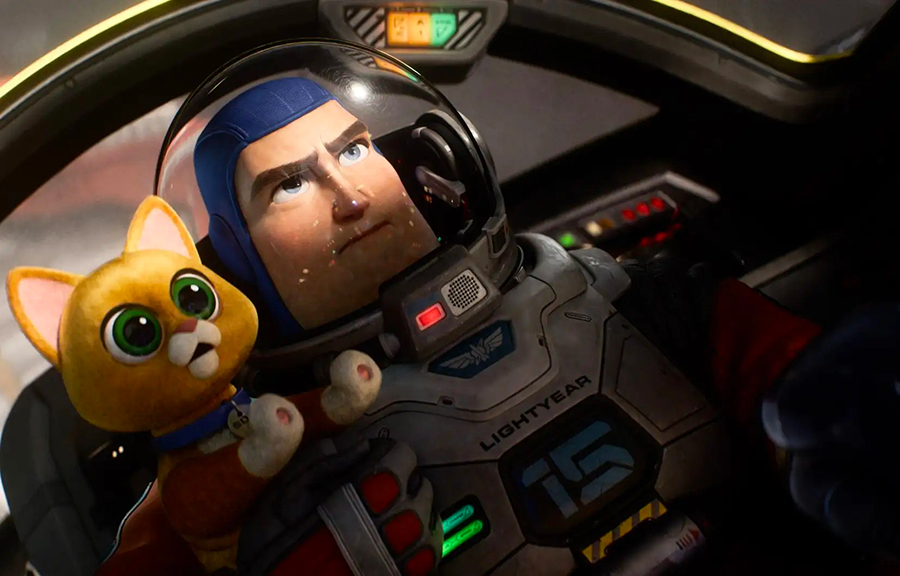
Rotate your tablet
for a better experience


Rotate your tablet
for a better experience

For all our young space fans, our engineers have carefully watched “Lightyear”, the movie telling the story of Buzz Lightyear, to find out whether the space technologies he uses could work in real life.
Right at the beginning of the new Pixar Studios movie “Lightyear”, an intertitle reminds viewers that in 1995 (the start of the Toy Story trilogy), a child, Andy, received a Buzz Lightyear action figure inspired by the character from a film. “Buzz Lightyear” is the animated science-fiction movie about a brave astronaut called Buzz (who is obviously named after the real astronaut Buzz Aldrin).
The story follows his many attempts to fix a problem on a distant planet (we won’t say any more so we don’t spoil the surprise), requiring numerous test flights into the planet’s solar system. To do this, Buzz has many future technologies available to him and these are what we put to our clever engineers.

Buzz Lightyear’s spacecraft. © Pixar
Buzz flies in a spacecraft that he launches thanks to the magnetic force of a ramp greatly resembling that of a roller coaster, in particular the Space Mountain ride. An ArianeGroup engineer confirms: We already saw this idea in the movie “Over The Moon”. It’s particularly suitable for small vessels like UAVs or this small aircraft. The rails are equipped with magnets so the speed increases regularly but very quickly. However, for the rockets manufactured by ArianeGroup, which are very heavy (Ariane 5 weighs 780 tons), it would take a huge amount of energy to get them off the ground, and this system would not work, not on Earth with our planet’s gravity in any case, and it would need a very, very long ramp…
To be powered, Buzz’s spacecraft obviously needs fuel and this is a major part of the story. Here, Pixar has chosen to re-use a mode of propulsion very popular in sci-fi classics such as “Star Trek” or in “Stargate”: crystals. In these series, where they were often mined on extraterrestrial planets, they made it possible to reach the speed of light. In Lightyear, Buzz makes them directly from colored fluids that remind us of the liquid propellants of our rockets.
Our engineer explains: Readers or novices should be aware that no technology can currently propel a vessel at the speed of light. (Editor’s note, on this topic, you can read the article on the series Cosmos.
As to manufacturing crystals from fluids, crystals form in nature when the molecules of certain liquids come together as they begin to cool and harden. Crystallization can occur when magma hardens or when water evaporates from a natural mixture (especially for salt crystals).
Although scientists have already tried to store hydrogen in molecular “cages”, consisting of chains of carbon, oxygen and hydrogen atoms linked by metal ions (in practical terms, a liquid mixture of sugar, alcohol, salt and water), it is not possible today to make crystals from propellants like the ones we use for our launch vehicles (oxygen and liquid hydrogen).
And finally, while we can use certain crystals to generate electricity, it would be impossible today for them to produce the thrust necessary to reach the speed of light. This part is therefore a bit more unrealistic.
The last technology worth looking at in our opinion is the decelerating rings placed in orbit around the alien planet. Buzz aims for them at the end of the flight to slow down for landing. These space rings are frequently found in science-fiction and we see them in “Stargate” where they mark out wormholes for traveling from one point to another in the galaxy. Here they appear to generate a magnetic field which slows down the spacecraft after it has reached the speed of light.
Our engineer explains the reality: This technology is particularly interesting even though it does not exist at the moment. Today, we use the gravity of bodies in the solar system to speed up or slow down the objects that our launchers send into space. But even if this process saves a lot of energy and makes some flights possible that could otherwise not be launched, it is a fairly long method.
For example, for the BepiColombo mission launched by Ariane 5 in 2018, the journey lasts seven years until 2025 and requires nine planetary swing-bys (called gravity assists), six of which are over Mercury, its final destination, to slow down and go into orbit around the planet. (Editor’s note, to learn more)
So, it’s easy to see why a realistic scenario had to find a new way of slowing Buzz’s spacecraft down!

Buzz and his faithful companion Sox, the robot engineer cat. ©Pixar
Despite these technological differences, we really enjoyed the movie, which is about time travel, space exploration, continuous improvement and the difficulty of space in general. NASA consultants such as American astronaut Tom Marshburn played a key role in addressing these points. But mostly importantly, we can guarantee that the really touching story will appeal to both young and older audiences alike.